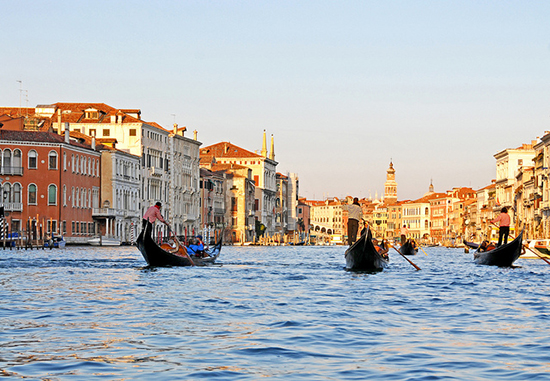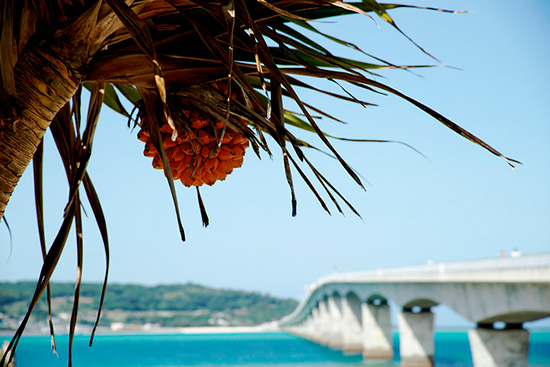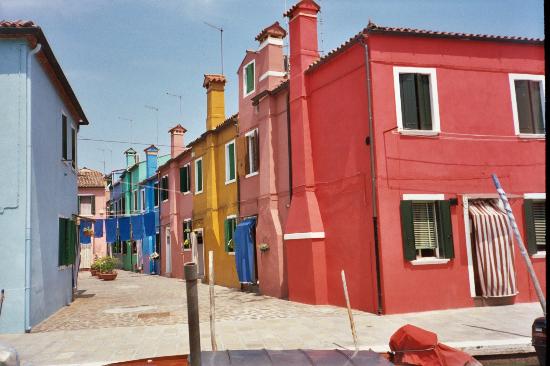Everything seems peaceful underwater. No uncomfortable noises, no fears, and no contamination, or at least not as much as on the surface. It’s like a parallel world exists down there that is as large as or larger than ours, full of life. I invite you to take a tour of the planet´s most spectacular seabed.

The Great Barrier Reef (Australia): This is the largest barrier reef close to the coast. Located in the Coral Sea, off the coast of Queensland, the reef is over 2,500 kilometers long. And despite its age, it’s also the best preserved reef in the world, having been originally discovered by Captain James Cook in 1770. In this magical spot you will cross paths with fish of all types and colors. Now, of course, it’s under protection due to the deterioration of parts of the inner barrier caused by the warming of the oceans and the human factor. So my advice is to check out the outer barrier. There are boats that transport passengers from Cairns daily.
Helicopter Island and Apo Island (Philippines): If the Filipino beaches are idyllic, the seabed goes beyond even that, if that’s possible. The coral is smaller than the Australian Barrier Reef but no less beautiful. Helicopter Island is very close to El Nido, on one of the resort islands of the Philippines. You’ll be able to see abundant sea life, including manta rays, barracudas, clownfish and starfish. While on Apo Island (located in the area of Negros Oriental), it’s very easy to see sea turtles; the area there is known as the “turtle sanctuary.” The water is quite warm on both Helicopter and Apo Islands.
Galapagos Islands (Ecuador): Although the water is cold and there are lots of streams, diving in Galapagos will allow you to see it all. It’s one of those spots on our planet where you can swim with sea lions, giant manta rays and sharks. Yes, you read that right. The main diving centers often take people out to Gordon Rocks, on the island of Santa Cruz. Once you’ve experienced something like this, it’s very difficult to get rid of the image. At a depth of about 20 meters, you will be able to find hammerhead and black fin sharks without doing anything. It´s incredible. You can pass right by them as if you were just another fish.
Hormigas Islands, Murcia (Spain): This is a protected nature reserve belonging to Cartagena. It is unique because you can explore the underwater mountains, and you only need to go down about 15 – 18 feet deep to see them. If you want to see a wreck, however, you’ll have to dive down deeper. A bit further down, around 40 meters, you’ll find a sunken ship from almost 4 decades ago: The Naranjito. To view it you will need advanced certification. The diving centers in Cabo de Palos also offer nighttime dives and workshops in and out of the water. The Hormigas Islands Nature Reserve is one of the “meccas” for Spanish divers.
Do you know of other great places to dive? Maybe Croatia? Visit Only-apartments in Dubrovnik and decide for yourself.

 English
English


